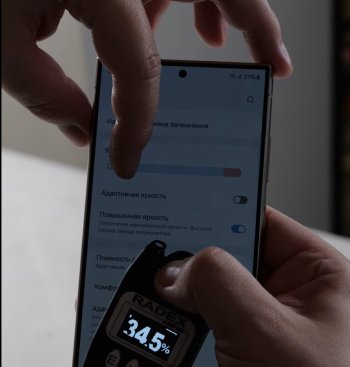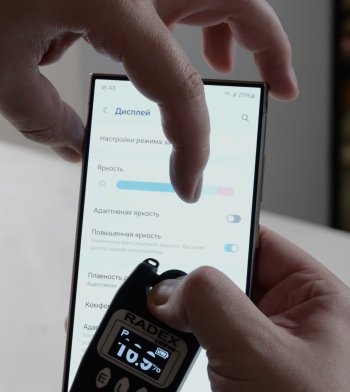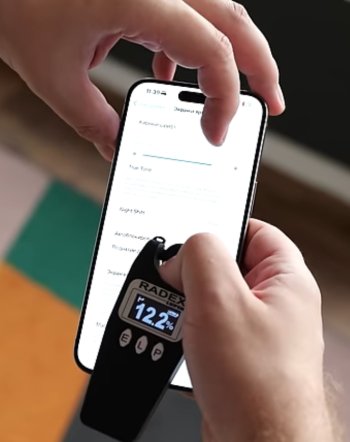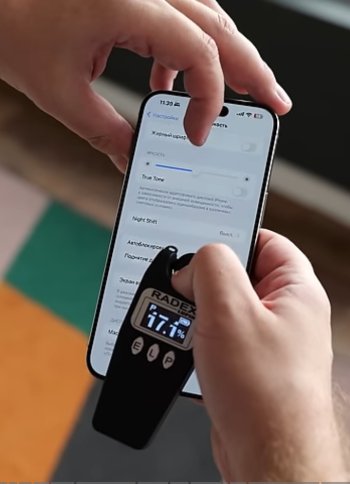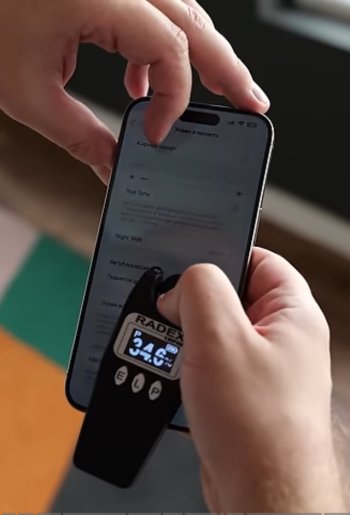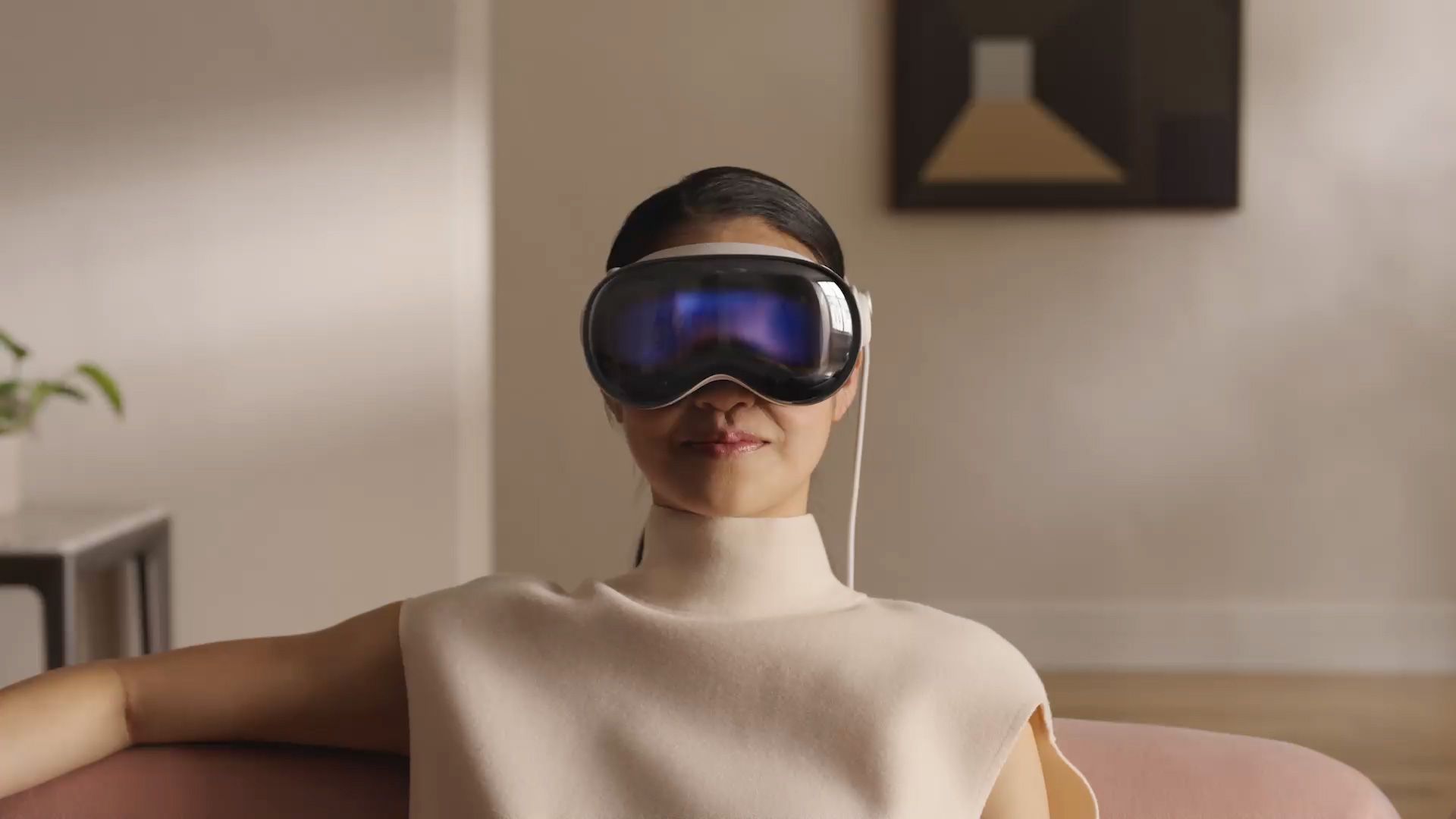Hi guys. It has been a while.
I thought I will stop by for a brief moment to update on the current development of the flickering phenomenon.
1)
Regarding SVM ~ Yes, it is heading in the right direction as there is now a standard we can use to determine which screen is safer. Chinese manufacturers are working hard to get their flicker measurement within the 0.4 limits.
However, SVM is developed to target specifically consumers with lesser sensitivity to flicker in mind. While SVM did defended itself that it did factored in those that were more sensitive to flicker, they were still only targeting only the "more sensitive individuals" among the less the sensitive crowd. Thus those that were more sensitive to flicker have been excluded from the study.
Having said the above, a new flicker measurement standard has been developed and is currently pending submission (Based on what I last checked a few months ago). This newly proposed flicker measurement, called "PAVM" (Phantom Array Visibility Measure), aims the address the above.
Thus please keep a lookout for PAVM in the coming years.
2)
To my knowledge, the safest OLED smartphone on the market right now is the China exclusive Redmi K70 pro, and with latest firmware version update of dec 2023. The Redmi 70 pro is among the few smartphones to have PWM 3840 hertz. However, as with many higher frequency OLED smartphone panel on the market, many manufacturers attempted to use any higher frequency as a mere number game to assure the sensitive group consumers.
Typically, they would introduce the following disadvantages in return for higher frequency:
1) Higher modulation depth %
2) Higher brighter dips difference between each refresh rate interval
3) shorter duty cycle (meaning longer screen off flicker duration time per hertz)
Hence their advertised higher frequencies were not really effective in addressing eyestrain/ headache triggers.
Returning back to the Redmi K70 pro; According to Xiaomi, the dec 2023 update has resulted in the device to have a record breaking of (within) SVM 0.1 low.
Based on other sources test, their claim appears to be valid.
While under 60 hertz, it was able to hit below SVM 0.1.
Under 120 hertz, it was even able to hit a record breaking of SVM 0.05.
I believe this number of SVM 0.05 is significantly safer than even LG OLED TV*.
*(meaning OLED tv with a small brightness dip)
However, a problem remains.
According to the chart findings, SVM 0.05 can only be achieved only if screen brightness is above 70 nits (Not brightness %. For this was explicitly mentioned by the original graph uploader).
The above presents a challenge (for me as well) for I mostly use my screen indoors at a comfortable 35 nits. According to the chart, I will be stucked with a higher SVM 0.4. This is not favorable for individuals like me.
3)
Chronic migraine sufferers triggered from OLED flickers may not be able to take advantage of any given value reference as of now. That is because most studies have explicitly excluded these group from the study. While it is true that we may be able to use frequency as a guide to determine if it is safe, most screen today may contain up to 3 different frequencies running simultaneous.
For instance, a panel could have the following setup in the display driver:
100 khz ultra high frequency flicker
120 hz hertz lower frequency flicker
Should a manufacturer decides to put a brightness dip within of every 120 hertz, a migraine sufferer will still get a migraine from it. Despite the presenece of a 100 khz flicker.
In another scenario:
There are two panels (giving an extreme example for illustration) with the exact modulation depth %, as the following;
1) 2.8 khz with 95% duty cycle
2) 50 khz with 10% duty cycle
Surely, the average joe will take option 2, 50 khz. For we learned that "the higher numbers, the merrier it is". However, in reality it is not completely the case.
A 2.8 khz with 95% duty cycle has a significantly easier task of closing the 5% screen "off" gap at every hertz, compared to a 50 khz that have to close off 90% screen off gap. The harder the task is for the display driver, the more likely the screen will have undesirable noise and ripples produced. It will really have to depend on how well a manufacturer optimise the ultra-high frequency.
Thus, as a migraine sufferer, the best option right now is to look for a high frequency panel (Preferably above 40khz. *Note: every single man-made lightsource flicker subtly to an extend) of the flicker graph itself and look for any abnormal subtle brightness dips. The brightness dip is typically a telltale of a lower frequency flicker lurking behind the (seemingly safe) ultra-high high frequency.
Next, look out for inconsistent noise patterns or heavy noises.




